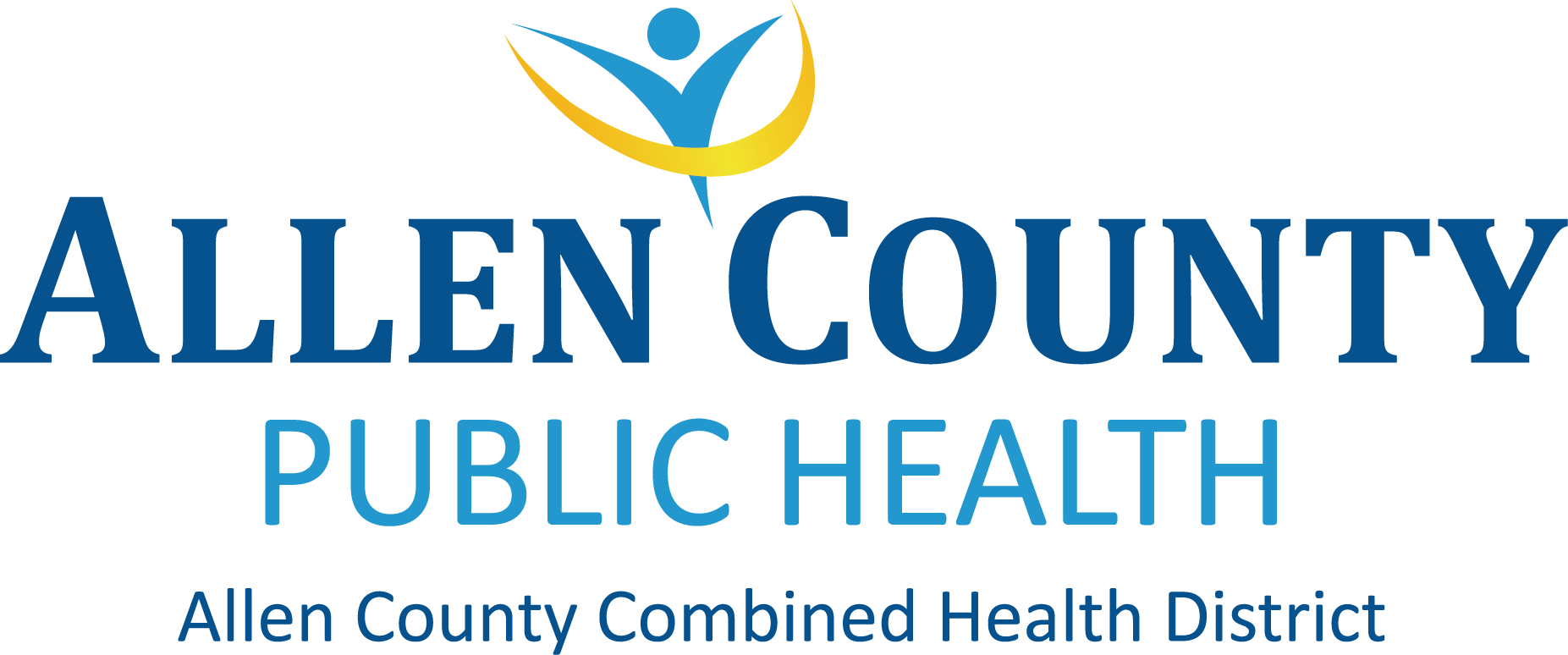Introduction to Health Departments
Public health agencies are a lot like fire departments. They teach and practice prevention at the same time they maintain readiness to take on emergencies. They are most appreciated when they respond to emergencies. They are most successful – and least noticed – when their prevention measures work the best.
In another respect, the two are different. We all know what a fire department does: few know what a public heath department does. The very existence of health departments is testament to the fact that, when legislators, county commissioners, mayors, township trustees, and other policy makers understand what those departments do, they support them. It is a rare person who, once familiar with the day-to-day activities of a public health department, would want to live in a community without a good one.
The real causes of health problems
Most preventable health problems are caused by tobacco use, improper diet, lack of physical activity, alcohol misuse, microbial and toxic agents, firearm use, unsafe sexual behavior, motor vehicle crashes, and illicit use of drugs. These causes are chiefly a result of human behavior. While universal access to personal medical care is a critical goal of health system reform, personal behavior change has greater potential to address the fundamental causes of health problems. Since 1900, the average life expectancy of Americans has gone from 45 to 75 years – a 30-year increase. Public health, through such measures as sanitation, immunization and education is responsible for about 25 of those years.
The heart of public health: Population-based prevention
The goal of public health is prevention of disease, injury, disability, and premature death. Prevention includes primary, secondary, and tertiary prevention activities. Primary prevention, the focus of public health, reduces susceptibility or exposure to health threats. Immunizations and health education are examples. Secondary prevention most often detects and treats disease in early stages. A mammography program to detect breast cancer is an example. Tertiary prevention alleviates some of the effects of disease, injury, and disability through such means as surgery, physical therapy and medication.
Public health is not simply medical care funded or provided through public means. The services of public health are less visible and more difficult to understand than medical services. Public health prevention protects entire communities or populations from such threats as communicable diseases, epidemics, and environmental contaminants. It does so through a highly collaborative approach, which most often affects citizens as members of the general public rather than as patients.
The most common and effective public health activities are in the area of primary prevention, which has two main components: health promotion and health protection.
Health promotion includes health education and the fostering of healthy living conditions and life-styles. Activities are directed toward individuals, families, groups, or entire communities, helping people identify needs, get useful information and resources, and take action to achieve change.
Health protection services and programs control and reduce the exposure of the population to environmental or personal hazards, conditions, or factors that may cause health problems. Health protection includes immunization, infectious disease surveillance and outbreak investigations, water purification, sewage treatment, control of infectious wastes, inspection of restaurant food services, and numerous other activities.
